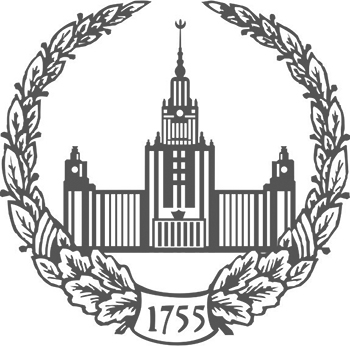ISSN: 2074-8132

ISSN: 2074-8132

Introduction. This study characterizes a set of facial morphological traits in the indigenous Russian population of the Volga-Oka region to identify anthropological distinctiveness and reveal traces of Slavic-Finnic interaction. Based on the studies of the autosomal and Y-chromosomal gene pools, we hypothesize to reveal traces of Pre-Slavic population in anthropological appearance Russians of Volga-Oka region.
Materials and Methods. A cephaloscopic analysis of 146 anthropological photographs of males of Kadomsky, Kasimovsky, Shilovsky districts of Ryazan Oblast was conducted; for comparative analysis, anthropological data on the Erzya and Moksha populations of Mordovia were also included. For all individuals, ethnicity was traced to a depth of three generations (both paternal and maternal lines). Fourteen descriptive traits were evaluated. The analysis employed statistical methods (Kruskal-Wallis, χ²; distance analysis) and the generalized portrait method.
Results and discussion. Generalized anthropological portraits of the Russians from the northeastern part of Ryazan Oblast were created for the first time, and frequencies and mean scores of several descriptive facial morphological traits were analyzed. Differences were revealed among the Russian populations of the three districts of Ryazan Oblast. Against the background of other districts, the Russian population of Kasimovsky district stands out (visually characterized by overall gracility, stronger facial profiling, a higher nasal bridge, etc.). A hypothesis is proposed that their distinctiveness arises from a greater manifestation of traces of pre-Slavic populations (Meshchera, Muroma tribes) in their facial morphology.
Conclusion. The anthropological distinctiveness of the Russians in Kasimovsky district may indicate the preservation of a pre-Slavic substrate. The identified anthropological uniqueness of the Russian population of the Volga-Oka region confirms the need for further study of Slavic-Finnic interaction.
Funding. The study has been supported by the Russian Science Foundation (RSF), project No. 25-28-01594.
